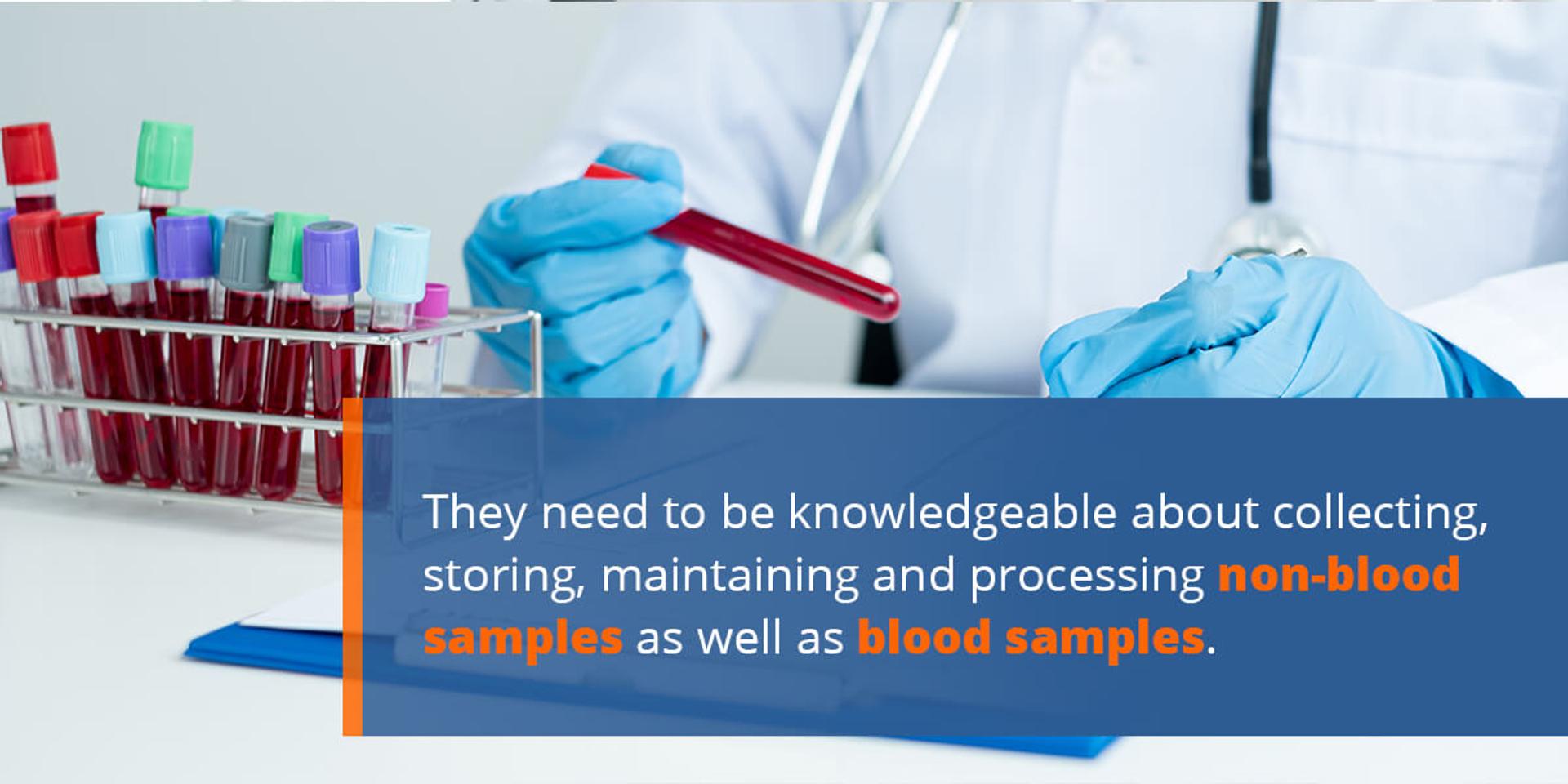A Biased View of Northeast Medical Institute - New Haven Campus Phlebotomy Course & Cna Class
A Biased View of Northeast Medical Institute - New Haven Campus Phlebotomy Course & Cna Class
Blog Article
Not known Factual Statements About Northeast Medical Institute - New Haven Campus Phlebotomy Course & Cna Class
Table of ContentsThe Ultimate Guide To Northeast Medical Institute - New Haven Campus Phlebotomy Course & Cna ClassSome Ideas on Northeast Medical Institute - New Haven Campus Phlebotomy Course & Cna Class You Should KnowNortheast Medical Institute - New Haven Campus Phlebotomy Course & Cna Class - TruthsUnknown Facts About Northeast Medical Institute - New Haven Campus Phlebotomy Course & Cna ClassNortheast Medical Institute - New Haven Campus Phlebotomy Course & Cna Class for DummiesNortheast Medical Institute - New Haven Campus Phlebotomy Course & Cna Class Can Be Fun For Everyone
However, making use of such tools should be come with by various other infection avoidance and control practices, and training in their use. Not all safety tools apply to phlebotomy. Prior to selecting a safety-engineered tool, customers need to extensively investigate available tools to identify their appropriate use, compatibility with existing phlebotomy techniques, and efficacy in shielding team and individuals (12, 33).For settings with reduced sources, expense is a motoring variable in purchase of safety-engineered gadgets. Where safety-engineered gadgets are not available, knowledgeable usage of a needle and syringe is appropriate.
labelling); transport conditions; analysis of results for medical monitoring. In an outpatient department or clinic, supply a dedicated phlebotomy work area containing: a clean surface with two chairs (one for the phlebotomist and the other for the person); a hand wash basin with soap, running water and paper towels; alcohol hand rub. In the blood-sampling room for an outpatient department or facility, give a comfy reclining couch with an arm rest.
About Northeast Medical Institute - New Haven Campus Phlebotomy Course & Cna Class
Ensure that the indicators for blood sampling are clearly defined, either in a created method or in documented instructions (e.g. in a research laboratory kind). In all times, follow the strategies for infection avoidance and control detailed in Table 2.2. Infection prevention and control practices. Collect all the devices needed for the procedure and place it within safe and easy reach on a tray or trolley, making sure that all the things are plainly visible.
Where the patient is adult and conscious, follow the steps laid out listed below. Present yourself to the individual, and ask the individual to state their complete name. Inspect that the research laboratory kind matches the person's identification (i.e. match the person's information with the research laboratory form, to ensure precise identification). Ask whether the license has allergic reactions, fears or has ever before fainted during previous injections or blood attracts.
Make the person comfy in a supine placement (ideally). Place a clean paper or towel under the patient's arm. Go over the examination to be carried out (see Annex F) and acquire verbal consent. The patient has a right to refuse an examination any time prior to the blood sampling, so it is necessary to ensure that the individual has actually understood the treatment.
What Does Northeast Medical Institute - New Haven Campus Phlebotomy Course & Cna Class Do?
Extend the client's click for info arm and inspect the antecubital fossa or lower arm. Locate a vein of an excellent dimension that is noticeable, straight and clear.
DO NOT insert the needle where capillaries are diverting, since this increases the opportunity of a haematoma. Locating the capillary will aid in determining the correct size of needle.
Haemolysis, contamination and visibility of intravenous liquid and medicine can all change the results (39. Nursing team and medical professionals may access main venous lines for samplings complying with procedures. Nonetheless, specimens from central lines lug a risk of contamination or erroneous research laboratory test outcomes (https://qualtricsxmndtbdfqts.qualtrics.com/jfe/form/SV_8ofe66Qw84u3xLU). It is appropriate, however not ideal, to draw blood specimens when initial presenting an in-dwelling venous device, before connecting the cannula to the intravenous liquids.
The Facts About Northeast Medical Institute - New Haven Campus Phlebotomy Course & Cna Class Revealed
Permit the area to dry. Failing to permit adequate call time boosts the risk of contamination. DO NOT touch the cleansed site; particularly, DO NOT put a finger over the vein to lead the shaft of the revealed needle. It the site is touched, repeat the disinfection. Execute venepuncture as follows.
Ask the individual to develop a clenched fist so the capillaries are much more prominent. Go into the vein promptly at a 30 level angle or much less, and continue to present the needle along the capillary at the most convenient angle of access - Phlebotomy Classes. As soon as adequate blood has been accumulated, release the tourniquet BEFORE taking out the needle
10 Easy Facts About Northeast Medical Institute - New Haven Campus Phlebotomy Course & Cna Class Explained
Withdraw the needle delicately and apply gentle pressure to the website with a clean gauze or completely dry cotton-wool sphere. Ask the patient to hold the gauze or cotton woollen in position, with the arm expanded and elevated. Ask the person NOT to flex the arm, because doing so causes a haematoma.

How Northeast Medical Institute - New Haven Campus Phlebotomy Course & Cna Class can Save You Time, Stress, and Money.
Do not press the syringe plunger because additional pressure boosts the risk of haemolysis. Where possible, keep the tubes in a shelf and move the rack in the direction of you. Inject downwards into the ideal coloured stopper. DO NOT eliminate the stopper since it will certainly launch the vacuum. If the example tube does not have a rubber stopper, infuse exceptionally gradually into the tube as decreasing the stress and rate used to move the specimen decreases the risk of haemolysis.

Report this page